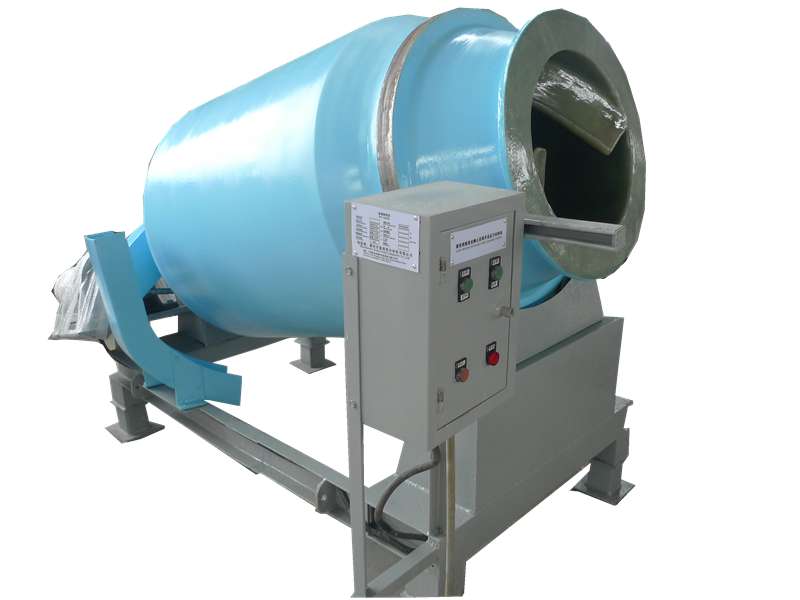
-
 Afrikaans
Afrikaans -
 Albanian
Albanian -
 Amharic
Amharic -
 Arabic
Arabic -
 Armenian
Armenian -
 Azerbaijani
Azerbaijani -
 Basque
Basque -
 Belarusian
Belarusian -
 Bengali
Bengali -
 Bosnian
Bosnian -
 Bulgarian
Bulgarian -
 Catalan
Catalan -
 Cebuano
Cebuano -
 China
China -
 China (Taiwan)
China (Taiwan) -
 Corsican
Corsican -
 Croatian
Croatian -
 Czech
Czech -
 Danish
Danish -
 Dutch
Dutch -
 English
English -
 Esperanto
Esperanto -
 Estonian
Estonian -
 Finnish
Finnish -
 French
French -
 Frisian
Frisian -
 Galician
Galician -
 Georgian
Georgian -
 German
German -
 Greek
Greek -
 Gujarati
Gujarati -
 Haitian Creole
Haitian Creole -
 hausa
hausa -
 hawaiian
hawaiian -
 Hebrew
Hebrew -
 Hindi
Hindi -
 Miao
Miao -
 Hungarian
Hungarian -
 Icelandic
Icelandic -
 igbo
igbo -
 Indonesian
Indonesian -
 irish
irish -
 Italian
Italian -
 Japanese
Japanese -
 Javanese
Javanese -
 Kannada
Kannada -
 kazakh
kazakh -
 Khmer
Khmer -
 Rwandese
Rwandese -
 Korean
Korean -
 Kurdish
Kurdish -
 Kyrgyz
Kyrgyz -
 Lao
Lao -
 Latin
Latin -
 Latvian
Latvian -
 Lithuanian
Lithuanian -
 Luxembourgish
Luxembourgish -
 Macedonian
Macedonian -
 Malgashi
Malgashi -
 Malay
Malay -
 Malayalam
Malayalam -
 Maltese
Maltese -
 Maori
Maori -
 Marathi
Marathi -
 Mongolian
Mongolian -
 Myanmar
Myanmar -
 Nepali
Nepali -
 Norwegian
Norwegian -
 Norwegian
Norwegian -
 Occitan
Occitan -
 Pashto
Pashto -
 Persian
Persian -
 Polish
Polish -
 Portuguese
Portuguese -
 Punjabi
Punjabi -
 Romanian
Romanian -
 Russian
Russian -
 Samoan
Samoan -
 Scottish Gaelic
Scottish Gaelic -
 Serbian
Serbian -
 Sesotho
Sesotho -
 Shona
Shona -
 Sindhi
Sindhi -
 Sinhala
Sinhala -
 Slovak
Slovak -
 Slovenian
Slovenian -
 Somali
Somali -
 Spanish
Spanish -
 Sundanese
Sundanese -
 Swahili
Swahili -
 Swedish
Swedish -
 Tagalog
Tagalog -
 Tajik
Tajik -
 Tamil
Tamil -
 Tatar
Tatar -
 Telugu
Telugu -
 Thai
Thai -
 Turkish
Turkish -
 Turkmen
Turkmen -
 Ukrainian
Ukrainian -
 Urdu
Urdu -
 Uighur
Uighur -
 Uzbek
Uzbek -
 Vietnamese
Vietnamese -
 Welsh
Welsh -
 Bantu
Bantu -
 Yiddish
Yiddish -
 Yoruba
Yoruba -
 Zulu
Zulu
grp clarifier
Understanding GRP Clarifiers A Key Component in Water Treatment
In the realm of water treatment, the importance of efficient systems cannot be overstated. One such vital component is the GRP (Glass Reinforced Plastic) clarifier. These structures play a significant role in the process of separating solids from liquids, ensuring that treated water meets quality standards before it is released back into the environment or reused. This article delves into the function, benefits, and applications of GRP clarifiers in the context of modern water treatment facilities.
What is a GRP Clarifier?
A GRP clarifier is a type of sedimentation tank constructed from glass-reinforced plastic, known for its durability, corrosion resistance, and lightweight properties. The design of a clarifier typically includes a large tank where water is allowed to settle, enabling heavier solids to sink to the bottom, while the clearer liquid remains on top. This process, known as sedimentation, is crucial for separating suspended particles from the water.
Functionality of GRP Clarifiers
The operation of a GRP clarifier is relatively straightforward. Wastewater or industrial effluent enters the inlet of the clarifier, where it is distributed evenly across the tank. As the water moves slowly through the tank, gravity causes the denser solids to settle at the bottom, forming a sludge layer. The clarified water, now free from most particulate matter, exits the tank from a weir at the surface level.
Additionally, some GRP clarifiers come equipped with mechanisms for returning sludge to the treatment process, which enhances effectiveness and reduces waste. The constant cycle of viewing and treating solids is a critical aspect in maintaining the efficiency of water treatment operations.
Advantages of GRP Clarifiers
grp clarifier

1. Durability and Longevity One of the primary benefits of GRP material is its resistance to corrosion and degradation. Unlike traditional materials such as concrete and steel, GRP does not rust or corrode, significantly increasing the lifespan of clarifiers.
2. Weight and Installation GRP clarifiers are considerably lighter than traditional concrete models, which simplifies transportation and installation. This characteristic can reduce overall construction costs and allows for easier modifications or relocations of treatment facilities.
3. Cost-Effectiveness Due to their longevity and lower maintenance requirements, GRP clarifiers represent a long-term investment for water treatment facilities. The reduced risk of corrosion translates into fewer repairs and replacements, contributing to lower operational costs over time.
4. Enhanced Performance The design of GRP clarifiers allows for optimal flow dynamics, which can lead to improved sedimentation rates. This efficiency ensures that effluent quality remains high, aligning with regulatory standards and environmental considerations.
Applications of GRP Clarifiers
GRP clarifiers are versatile and find applications in various sectors, including municipal water treatment plants, industrial wastewater management, and food processing. In municipal settings, they are crucial for treating potable water and managing sewage. In industry, GRP clarifiers help in managing effluents that contain heavy metals or organic matter, making the water suitable for discharge or reuse.
Conclusion
In conclusion, GRP clarifiers represent a significant advancement in water treatment technology. Their lightweight composition, durability, and cost-effectiveness make them an excellent choice for facilities aiming to improve their sedimentation processes. As global attention turns increasingly toward sustainable water management practices, the adoption of GRP clarifiers stands as a testament to innovative engineering solutions addressing pressing environmental challenges. Investing in such technology not only enhances operational efficiency but also contributes to the safeguarding of valuable water resources for future generations.
Latest news
-
Boost Your Rankings with Professional SEO Services ExpertNewsJul.20,2025
-
High-Quality Fiberglass Car Bodies Durable GRP Car & Boat Body SolutionsNewsJul.08,2025
-
High-Quality Fiberglass Dual Lamination Product Manufacturer Durable FRP & GRP Dual Lamination SolutionsNewsJul.08,2025
-
Rectangular Tank with Dimensions for GRP Calculation Custom Fiberglass GRP Rectangular TanksNewsJul.07,2025
-
High-Quality Fiberglass Weir Custom FRP Weir & Fiberglass Tanks ManufacturerNewsJul.07,2025
-
CPVC FRP Pipe A Reliable Choice for Industrial Applications High Strength & Corrosion ResistanceNewsJul.07,2025









